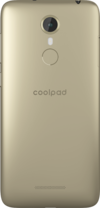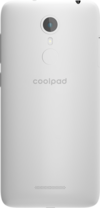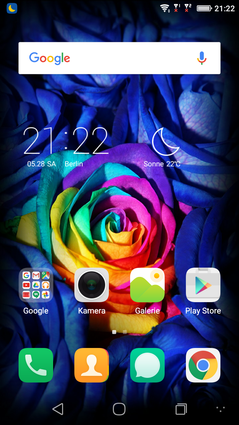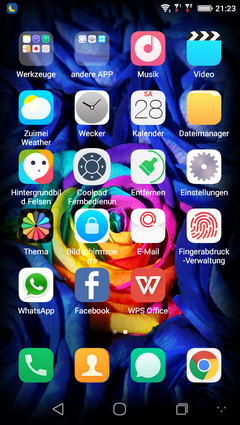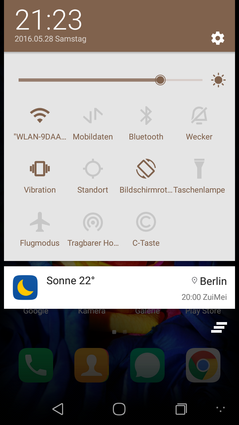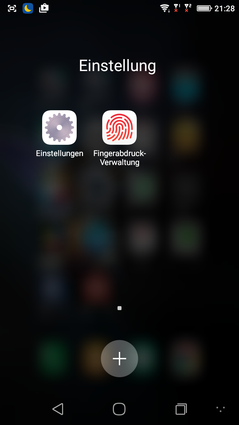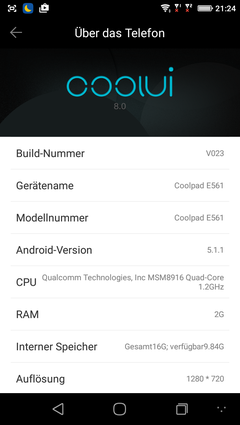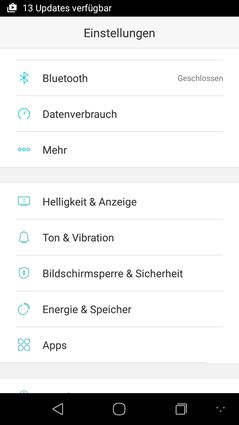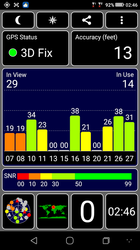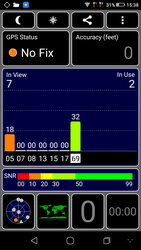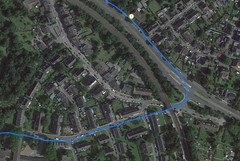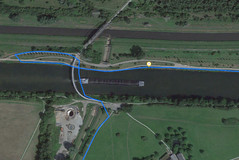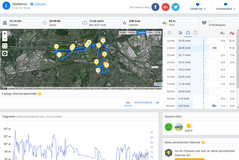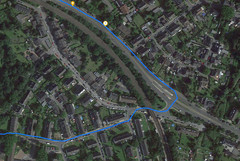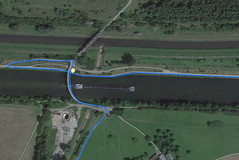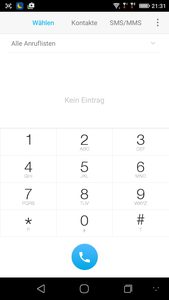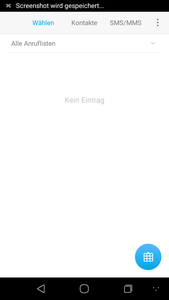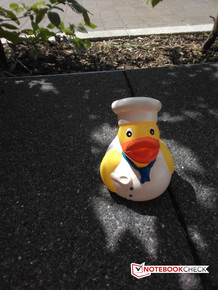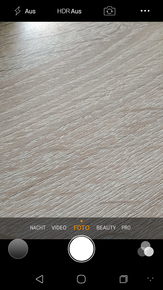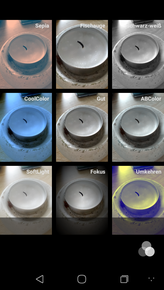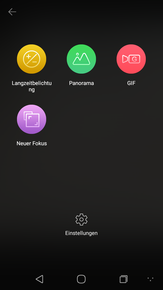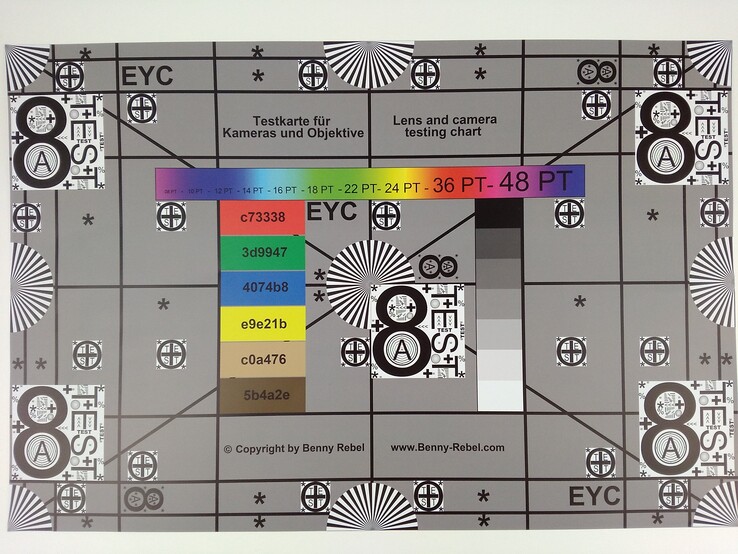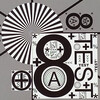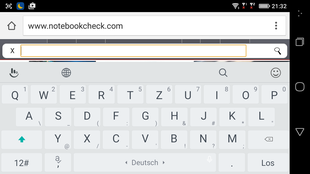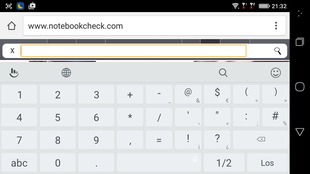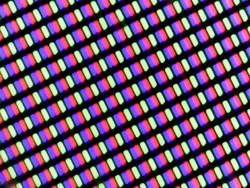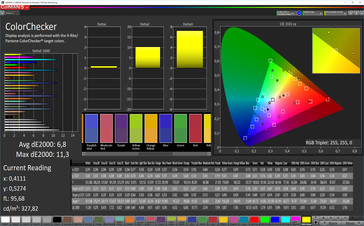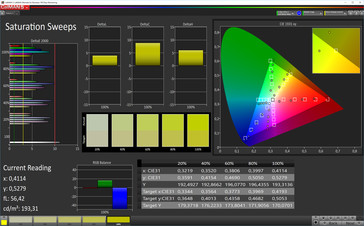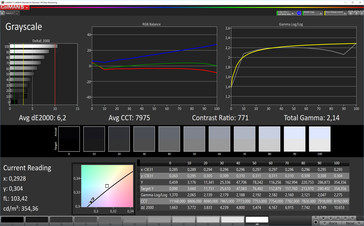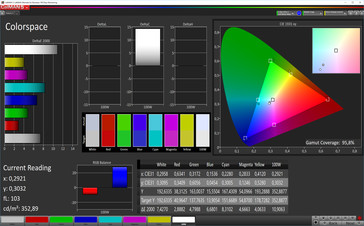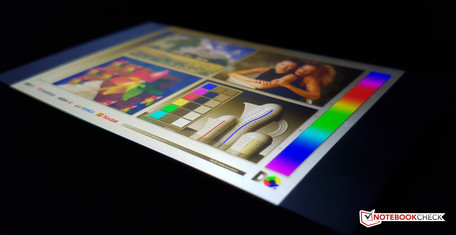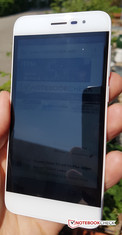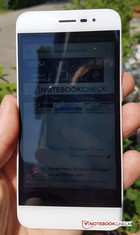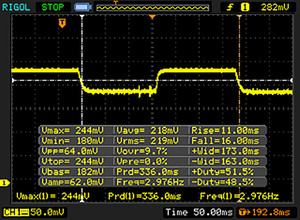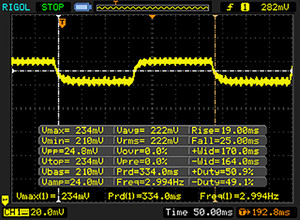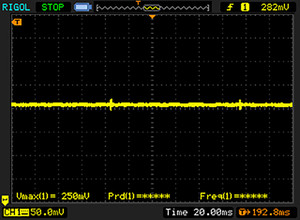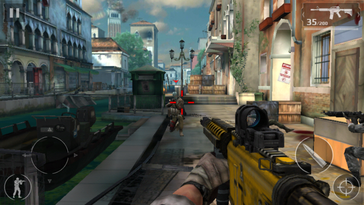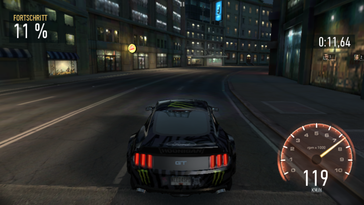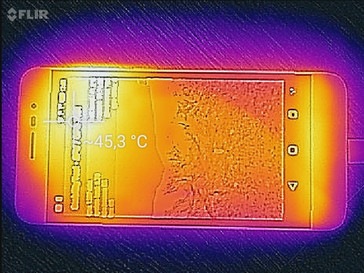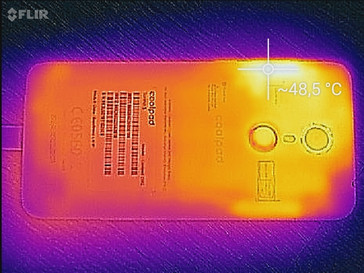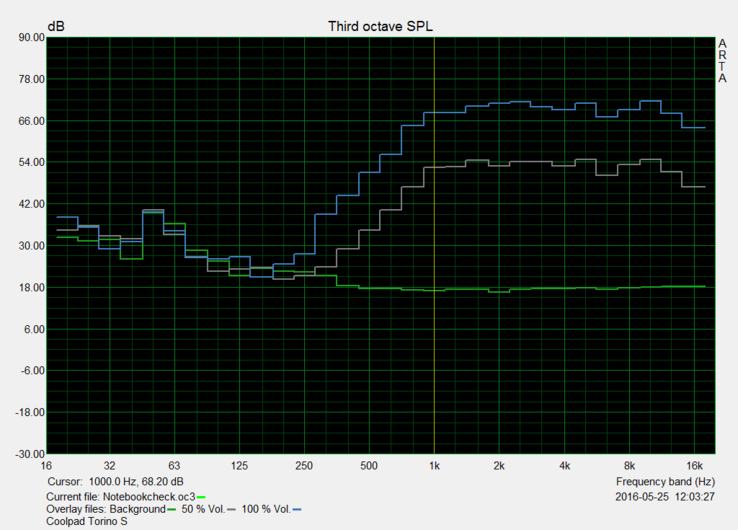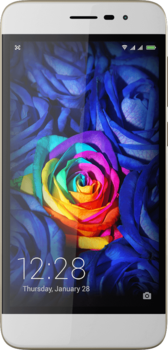Coolpad Torino S Smartphone Review
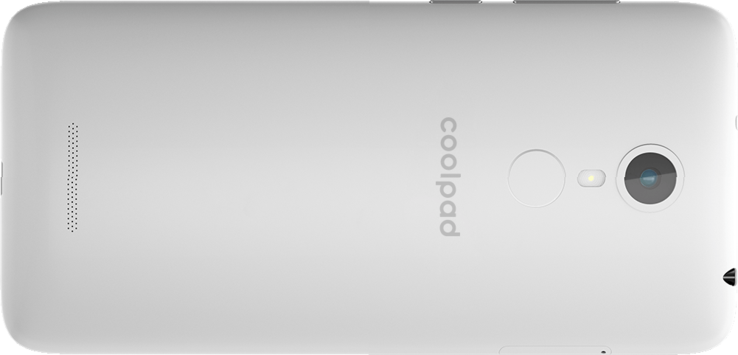
For the original German review, see here.
After the Modena and Porto S models, the Chinese manufacturer brings another smartphone to the German market: The Torino S. The LTE smartphone is powered by a quad-core processor from Qualcomm and an integrated Adreno GPU. The smartphone has 2 GB of RAM memory and 16 GB of internal storage. The latter can be expanded by up to 32 GB via a memory card in the hybrid slot. Alternatively, it is possible to insert two SIM cards at the same time, thanks to dual-SIM support.
Coolpad's Torino S is available in either white or gold with an RRP of 169 Euros (~$190) at German specialized retailers. However, some other manufacturers have models with very similar technical specifications in this price range. We can mention LG's K10, Acer's Liquide Z630, Coolpad's Modena and Leagoo's Shark 1 that we also use as comparison models.
Case
With 139 x 67.8 millimeters (~5.5 x 2.7 in), Coolpad's Torino S is a compact device for today's conditions and is very comfortable to hold. The lightly rounded plastic edges on the back merge seamlessly into the curved 2D glass on the front. This gives the Torino S a very pleasant feel. The screen's edges on the handset's upper side and underside are relatively wide, and this is reflected in the surface-screen ratio of 64.6%. A comparatively poor rate that is even worse than that of Apple's iPhone 6s.
The rear-facing 8 MP primary camera protrudes marginally from the 7.8 millimeter (~0.31 in) thick casing, while the fingerprint scanner is slightly lowered - the different heights improve feeling the sensors clearly. The slot for both cards is located on the left. Both the power button and the volume control (casing's right) have a very good pressure point.
The casing's stability is very good despite its slimness. The device defies both pressure and twisting attempts.
Connectivity
The connectivity of Coolpad's Torino S includes 16 GB of ROM. However, only about 10.51 GB is left after initial use. An infrared sensor, a fingerprint scanner and FM radio are also on board. Furthermore, Voice over LTE (VoLTE) is possible with Coolpad's Torino S. In addition to a SIM card slot, the Torino S has a hybrid slot for another nano-SIM. Alternatively, it is possible to expand the internal storage by up to 32 GB with a micro-SD card. Our 64 GB Toshiba Exceria Pro M401 reference card was also identified. Moving apps to the external storage medium is possible via A2SD function.
Coolpad's Torino S features a micro USB port in the 2.0 standard. Not only can it be used for recharging the handset, but also as an OTG host (on-the-go), and thus identifies peripherals such as USB flash drives or external keyboards.
Software
As with the Porto S, Coolpad relies on Google's Android 5.1 version (Lollipop) operating system, which is now over one year old, covering it with its proprietary user interface, CoolUI. As yet it is not clear whether an update to the latest Android 6.0 (Marshmallow) is planned.
CoolUI version 8.0 is based on the looks of Apple's iOS operating system in the setting menus. The app and folder design, as well as the missing app drawer closely resemble the design language of the Cupertino manufacturer. The handset detects gestures on the screen in standby mode when the "Smart Control" application is enabled. It is also possible to set do-not-disturb times in the "Zen" mode.
Communication & GPS
The Torino S is equipped with Bluetooth version 4.1 for wireless communication between mobile devices. In addition, Wi-Fi standard 802.11 b/g/n is on board. The reception quality of the integrated Wi-Fi module is good. The attenuation of almost -42 dBm was relatively low in the immediate vicinity of the router (Telekom Speedport, W921V). The signal was also sufficiently strong in the neighboring room (attenuation: -56 dBm).
The dual-SIM smartphone can access mobile Internet via two SIM cards - however, only the micro-SIM slot supports LTE; the additional hybrid slot for a nano-SIM card is restricted to GSM networks. Tri-band GSM, dual-band UMTS and LTE in the 1800 and 2600 MHz frequencies are supported. Unlike other models such as the Porto S and the Modena, the manufacturer has omitted the LTE 20 band (800 MHz), which is important for rural areas in Germany. The connection quality and reception was good (major city).
Coolpad's smartphone can be tracked via A-GPS and GLONASS satellite system. A localization accuracy of 13 feet, approx. 4 meters, is possible outdoors - but often this involved long delays before the position was determined. A sufficiently good satellite signal for localization was set up indoors. Based on our GPS test, deviations of approximately 150 meters (~492 ft) between the GPS module incorporated in the Torino S and our Garmin Edge 500 professional GPS reference device could be observed on the roughly 12 kilometer (~7.5 mi) route.
Telephone & Call Quality
Cameras
The rear-facing camera module in the Torino S has a resolution of 8 MP. The photos are impressive with good, high-contrast color reproduction. The sharpness achieved with the auto focus is also good, even though it decreases toward the edges. The large aperture of f/2.0 enables shooting bright photos that are, however, overexposed in some places (scene 2: flowers). The dynamic range is a little too low, and thus the photos tend to be too dark in strongly varying light conditions (scene 2: bridge). Furthermore, focusing nearby objects in macro-photography functions only conditionally (scene 3: room). A minor image noise is produced in poor light conditions, but the brightness remains good.
A 5 MP camera with an f/2.2 aperture is installed on the front. The quality is appealing and suitable for selfies and video conferencing. Videos can be recorded in 1080p quality at 30 FPS.
Accessories & Warranty
In addition to the smartphone, the box contains instructions, warranty information and a USB cable plus power supply for recharging the battery. Coolpad also adds an in-ear headset and a transparent cover.
According to the warranty card, the manufacturer's warranty is 24 months from date of purchase.
Input Devices & Handling
The handset is controlled via the standard Android onscreen buttons. The capacitive multi-touchscreen responds quickly and reliably. The Touch Pal keyboard (2015) and Google's standard Android keyboard are preloaded ex-factory. Inputs are implemented accurately and instantaneously.
The active fingerprint scanner on the smartphone's back made a good impression during the test. Both its speed and detection rate of biometric identification via fingerprint are on a very good level.
Display
The screen in the Torino S is a high definition resolution (1280x720 pixels) and measures 4.7 inches diagonally. Thus, the IPS panel achieves a pixel density of good 313 PPI, which ensures a sufficiently sharp reproduction of content in everyday use.
The screen's maximum brightness of 382 cd/m² is not particularly high. The luminosity of 353 cd/m² is also on this level when bright and dark content is distributed evenly over the screen (APL50). Apart from Leagoo's Shark 1, the other comparison devices have a similarly dark screen.
| |||||||||||||||||||||||||
Brightness Distribution: 87 %
Center on Battery: 360 cd/m²
Contrast: 800:1 (Black: 0.45 cd/m²)
ΔE ColorChecker Calman: 6.8 | ∀{0.5-29.43 Ø4.78}
ΔE Greyscale Calman: 6.2 | ∀{0.09-98 Ø5}
Gamma: 2.14
CCT: 7975 K
| Coolpad Torino S IPS, 1280x720, 4.7" | Coolpad Modena IPS, 960x540, 5.5" | LG K10 IPS, 1280x720, 5.3" | Acer Liquid Z630 IPS, 1280x720, 5.5" | Leagoo Shark 1 IPS, 1920x1080, 6" | Huawei P9 IPS-NEO, JDI, 1920x1080, 5.2" | |
|---|---|---|---|---|---|---|
| Screen | 12% | 3% | 33% | -19% | 41% | |
| Brightness middle (cd/m²) | 360 | 345 -4% | 370 3% | 334 -7% | 471 31% | 582 62% |
| Brightness (cd/m²) | 358 | 338 -6% | 355 -1% | 326 -9% | 465 30% | 563 57% |
| Brightness Distribution (%) | 87 | 93 7% | 92 6% | 91 5% | 82 -6% | 91 5% |
| Black Level * (cd/m²) | 0.45 | 0.29 36% | 0.28 38% | 0.19 58% | 0.9 -100% | 0.38 16% |
| Contrast (:1) | 800 | 1190 49% | 1321 65% | 1758 120% | 523 -35% | 1532 92% |
| Colorchecker dE 2000 * | 6.8 | 5.59 18% | 6.7 1% | 4.52 34% | 7.1 -4% | 4.4 35% |
| Colorchecker dE 2000 max. * | 11.3 | 10.58 6% | 17.8 -58% | 17 -50% | 7.4 35% | |
| Greyscale dE 2000 * | 6.2 | 6.75 -9% | 7.9 -27% | 4.39 29% | 7.5 -21% | 4.8 23% |
| Gamma | 2.14 103% | 2.38 92% | 2.21 100% | 2.23 99% | 2.23 99% | 2.2 100% |
| CCT | 7975 82% | 8290 78% | 9072 72% | 6917 94% | 8261 79% | 6175 105% |
| Color Space (Percent of sRGB) (%) | 90.9118 | 99.44 | ||||
| Color Space (Percent of AdobeRGB 1998) (%) | 77.78 |
* ... smaller is better
The black level of 0.45 cd/m² (APL50: 0.47 cd/m²) of the Torino S is just average for an IPS panel, and only allows for a contrast ratio of 800:1. Coolpad's smartphone also shows weaknesses in the screen's color accuracy. The aberrations of 6.8 (target rate <3) are rather high. In addition, the grayscale levels exhibit a very visible bluish tint on bright surfaces. Thus, displayed content looks quite cool. The color space coverage is high based on the CalMAN measurement.
The liquid crystal display in the Torino S is only partially legible on sunny days. The screen's luminosity is too low to always display readable content in bright ambient light. Thanks to the IPS technology, the viewing angle stability is good. However, the panel dims slightly in very flat viewing angles. Furthermore, a weak yellow color inversion is visible.
Display Response Times
| ↔ Response Time Black to White | ||
|---|---|---|
| 27 ms ... rise ↗ and fall ↘ combined | ↗ 11 ms rise | |
| ↘ 16 ms fall | ||
| The screen shows relatively slow response rates in our tests and may be too slow for gamers. In comparison, all tested devices range from 0.1 (minimum) to 240 (maximum) ms. » 67 % of all devices are better. This means that the measured response time is worse than the average of all tested devices (20.2 ms). | ||
| ↔ Response Time 50% Grey to 80% Grey | ||
| 44 ms ... rise ↗ and fall ↘ combined | ↗ 19 ms rise | |
| ↘ 25 ms fall | ||
| The screen shows slow response rates in our tests and will be unsatisfactory for gamers. In comparison, all tested devices range from 0.165 (minimum) to 636 (maximum) ms. » 73 % of all devices are better. This means that the measured response time is worse than the average of all tested devices (31.6 ms). | ||
Screen Flickering / PWM (Pulse-Width Modulation)
| Screen flickering / PWM not detected | |||
In comparison: 53 % of all tested devices do not use PWM to dim the display. If PWM was detected, an average of 8108 (minimum: 5 - maximum: 343500) Hz was measured. | |||
Performance
The Qualcomm processor installed in Coolpad's Torino S is an ARM-based mid-range SoC from 2013, and the first SoC that the manufacturer built with four Cortex A53 cores and 64-bit architecture. The Snapdragon 410 MSM8916 ensured a mostly smooth system performance in routine use. Lags or stutters rarely occurred even during multitasking. The Torino S is on par with its rivals in the benchmarks.
The speed in the Chrome browser was not very fast - loading times were relatively long and scrolling smoothly through websites was not possible even in the mobile version. The browser benchmarks exhibit a similar trend. Here, Coolpad's smartphone lags behind the comparison devices.
The data read and write performance of the 16 GB internal storage is midfield among the comparison rates. The access rates of the integrated micro-SD card slot are relatively poor. We tested its speed with our Toshiba Exceria Pro M401 reference card (max. read: 95 MB/s, write 80 MB/s). With 25.79 MB/s (read) and 16.54 MB/s (write), the Torino S is substantially below the read and write rates of LG's K10.
| AndroBench 3-5 | |
| Sequential Write 256KB SDCard (sort by value) | |
| Coolpad Torino S | |
| LG K10 | |
| Huawei P9 | |
| Sequential Read 256KB SDCard (sort by value) | |
| Coolpad Torino S | |
| LG K10 | |
| Huawei P9 | |
| Random Write 4KB (sort by value) | |
| Coolpad Torino S | |
| Coolpad Modena | |
| LG K10 | |
| Acer Liquid Z630 | |
| Leagoo Shark 1 | |
| Huawei P9 | |
| Random Read 4KB (sort by value) | |
| Coolpad Torino S | |
| Coolpad Modena | |
| LG K10 | |
| Acer Liquid Z630 | |
| Leagoo Shark 1 | |
| Huawei P9 | |
| Sequential Write 256KB (sort by value) | |
| Coolpad Torino S | |
| Coolpad Modena | |
| LG K10 | |
| Acer Liquid Z630 | |
| Leagoo Shark 1 | |
| Huawei P9 | |
| Sequential Read 256KB (sort by value) | |
| Coolpad Torino S | |
| Coolpad Modena | |
| LG K10 | |
| Acer Liquid Z630 | |
| Leagoo Shark 1 | |
| Huawei P9 | |
| AnTuTu v6 - Total Score (sort by value) | |
| Coolpad Torino S | |
| Coolpad Modena | |
| LG K10 | |
| Leagoo Shark 1 | |
| Huawei P9 | |
| Geekbench 3 | |
| 64 Bit Single-Core Score (sort by value) | |
| Coolpad Torino S | |
| Coolpad Modena | |
| LG K10 | |
| Huawei P9 | |
| 64 Bit Multi-Core Score (sort by value) | |
| Coolpad Torino S | |
| Coolpad Modena | |
| LG K10 | |
| Huawei P9 | |
| 3DMark | |
| 1280x720 offscreen Ice Storm Unlimited Score (sort by value) | |
| Coolpad Torino S | |
| LG K10 | |
| Acer Liquid Z630 | |
| Leagoo Shark 1 | |
| Huawei P9 | |
| 1280x720 offscreen Ice Storm Unlimited Graphics Score (sort by value) | |
| Coolpad Torino S | |
| LG K10 | |
| Acer Liquid Z630 | |
| Leagoo Shark 1 | |
| Huawei P9 | |
| 1280x720 offscreen Ice Storm Unlimited Physics (sort by value) | |
| Coolpad Torino S | |
| LG K10 | |
| Acer Liquid Z630 | |
| Leagoo Shark 1 | |
| Huawei P9 | |
| 2560x1440 Sling Shot OpenGL ES 3.0 (sort by value) | |
| Coolpad Torino S | |
| Coolpad Modena | |
| LG K10 | |
| Leagoo Shark 1 | |
| Huawei P9 | |
| 2560x1440 Sling Shot OpenGL ES 3.0 Graphics (sort by value) | |
| Coolpad Torino S | |
| LG K10 | |
| Leagoo Shark 1 | |
| Huawei P9 | |
| 2560x1440 Sling Shot OpenGL ES 3.0 Physics (sort by value) | |
| Coolpad Torino S | |
| LG K10 | |
| Leagoo Shark 1 | |
| Huawei P9 | |
| GFXBench (DX / GLBenchmark) 2.7 | |
| T-Rex Onscreen (sort by value) | |
| Coolpad Torino S | |
| LG K10 | |
| Acer Liquid Z630 | |
| Leagoo Shark 1 | |
| Huawei P9 | |
| 1920x1080 T-Rex Offscreen (sort by value) | |
| Coolpad Torino S | |
| LG K10 | |
| Acer Liquid Z630 | |
| Leagoo Shark 1 | |
| Huawei P9 | |
| GFXBench 3.0 | |
| on screen Manhattan Onscreen OGL (sort by value) | |
| Coolpad Torino S | |
| LG K10 | |
| Acer Liquid Z630 | |
| Leagoo Shark 1 | |
| Huawei P9 | |
| 1920x1080 1080p Manhattan Offscreen (sort by value) | |
| Coolpad Torino S | |
| LG K10 | |
| Acer Liquid Z630 | |
| Leagoo Shark 1 | |
| Huawei P9 | |
| GFXBench 3.1 | |
| on screen Manhattan ES 3.1 Onscreen (sort by value) | |
| LG K10 | |
| Acer Liquid Z630 | |
| Leagoo Shark 1 | |
| Huawei P9 | |
| 1920x1080 Manhattan ES 3.1 Offscreen (sort by value) | |
| LG K10 | |
| Acer Liquid Z630 | |
| Leagoo Shark 1 | |
| Huawei P9 | |
| PCMark for Android - Work performance score (sort by value) | |
| Coolpad Torino S | |
| Coolpad Modena | |
| LG K10 | |
| Leagoo Shark 1 | |
| Huawei P9 | |
| JetStream 1.1 - Total Score (sort by value) | |
| Coolpad Torino S | |
| Coolpad Modena | |
| LG K10 | |
| Leagoo Shark 1 | |
| Huawei P9 | |
| Octane V2 - Total Score (sort by value) | |
| Coolpad Torino S | |
| Coolpad Modena | |
| LG K10 | |
| Acer Liquid Z630 | |
| Leagoo Shark 1 | |
| Huawei P9 | |
| Mozilla Kraken 1.1 - Total (sort by value) | |
| Coolpad Torino S | |
| Coolpad Modena | |
| LG K10 | |
| Acer Liquid Z630 | |
| Leagoo Shark 1 | |
| Huawei P9 | |
* ... smaller is better
Games
The Adreno 306 graphics unit integrated in the Snapdragon 410 offers enough GPU power for rendering demanding games such as "Modern Combat 5" or "Need for Speed No Limits" smoothly in most cases. Both the touchscreen and the position sensor functioned impeccably in the test.
Emissions
Temperature
The temperature development of the Torino S cannot be called exemplary. Coolpad's smartphone already achieved a comparatively high maximum waste heat temperature of 36.0 °C (~97 °F) while idling. The temperature development during load ("Stability Test" app >1 h) increased considerably. We measured a maximum of 45.1 °C (~113 °F) in the test. However, subjectively, the handset never got unpleasantly hot in everyday use.
(-) The maximum temperature on the upper side is 45.1 °C / 113 F, compared to the average of 35.2 °C / 95 F, ranging from 21.9 to 247 °C for the class Smartphone.
(±) The bottom heats up to a maximum of 43 °C / 109 F, compared to the average of 34 °C / 93 F
(±) In idle usage, the average temperature for the upper side is 32.9 °C / 91 F, compared to the device average of 32.9 °C / 91 F.
Speaker
The speaker in Coolpad's smartphone reached a maximum volume of 81 dB(A) in our test. Thus, the rear-sided mono speaker is not the strongest, but it delivers good acoustics. The sound is hardly tinny and barely distorts even at maximum volume.
As expected, the sound is very treble-heavy. The Pink Noise diagram clearly illustrates that lower frequencies are barely audible. However, the included headset can be connected to the 3.5 millimeter jack for playback with more bass.
Energy Management
Power Consumption
The power consumption rates of the Torino S are somewhat higher than those of the comparison devices - with the exception of the 6-inch Leagoo Shark 1. Overall, the measured rates are typical for the price range.
| Off / Standby | |
| Idle | |
| Load |
|
Key:
min: | |
| Coolpad Torino S 1800 mAh | Coolpad Modena 2500 mAh | LG K10 2300 mAh | Acer Liquid Z630 4000 mAh | Leagoo Shark 1 6300 mAh | Huawei P9 3000 mAh | |
|---|---|---|---|---|---|---|
| Power Consumption | 4% | 13% | -58% | -12% | ||
| Idle Minimum * (Watt) | 0.68 | 0.79 -16% | 0.8 -18% | 0.59 13% | 0.77 -13% | |
| Idle Average * (Watt) | 2.2 | 1.51 31% | 1.5 32% | 3.22 -46% | 2.36 -7% | |
| Idle Maximum * (Watt) | 2.26 | 1.63 28% | 1.7 25% | 3.45 -53% | 2.37 -5% | |
| Load Average * (Watt) | 3.47 | 3.37 3% | 2.9 16% | 6.93 -100% | 3.09 11% | |
| Load Maximum * (Watt) | 3.71 | 4.67 -26% | 3.4 8% | 7.59 -105% | 5.35 -44% |
* ... smaller is better
Battery Runtime
As expected, when looking at the Li-ion battery's low nominal output of 1800 mAh, the runtimes of the Torino are at most satisfactory with 6 hours and 37 minutes in our Wi-Fi browsing test using an adapted brightness. By comparison, Acer Liquid Z630 (4000 mAh) lasts over twice as long as Coolpad's handset.
The smartphone needs approximately 2 hours and 3 minutes to completely recharge a fully drained battery with the 5 watt power supply (1A, 5V).
| Coolpad Torino S 1800 mAh | Coolpad Modena 2500 mAh | LG K10 2300 mAh | Acer Liquid Z630 4000 mAh | Leagoo Shark 1 6300 mAh | Huawei P9 3000 mAh | |
|---|---|---|---|---|---|---|
| Battery runtime | ||||||
| WiFi v1.3 (h) | 6.6 | 10.3 56% | 7.6 15% | 14 112% | 9 36% | 9.5 44% |
Pros
Cons
Verdict
Coolpad introduces a new, self-proclaimed premium mid-range with its Torino S. However, Coolpad's smartphone demonstrates this premium character in only a few places.
The mid-range handset stands out with its very good handiness, and fast and accurate fingerprint scanner. The build, camera quality and system performance are also impressive for a device in this price range.
Nevertheless, we found some points of criticism in Coolpad's Torino S during the test. The quality of the HD panel (brightness, color accuracy) and battery life are below the standards of comparable devices in this price range. The smartphone's waste heat is relatively high even if it will hardly be noticed during routine use, and thus will not be of particular importance. Furthermore, the manufacturer relies on the over one year old Android 5.1 operating system - up-to-date software would have been appreciated here. Also not very comprehensible: Unlike other Coolpad handsets (Porto S, Modena), the manufacturer has not installed LTE 20 band, important in Germany, on its Torino S.
The Torino S is not a bad smartphone, but the mid-range handset largely does not convey a premium character. Users who find the handiness of a smartphone important will, however, perhaps make the right choice with Coolpad's handset.
Coolpad Torino S
- 06/08/2016 v5.1 (old)
Marcus Herbrich






